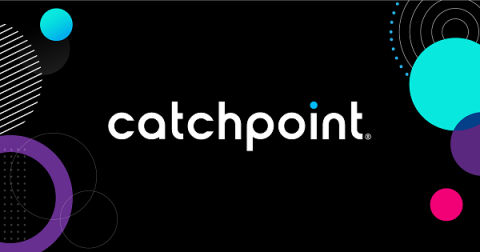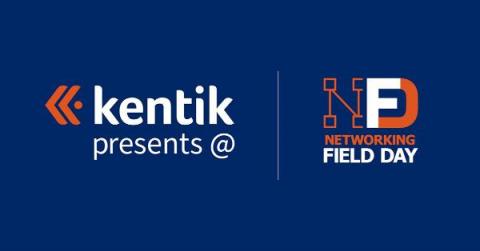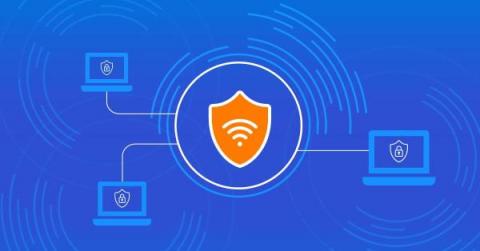Operations | Monitoring | ITSM | DevOps | Cloud
Latest News
The Cloud And SD-WAN
Internet Availability Threats Following the Russian invasion of Ukraine
Ransomware: Latest Variants and Trends on the Rise
Here in this blog, we will talk about some of the emerging ransomware you should know about and how you can prevent such attacks.
DX UIM 20.4, Cumulative Update 4: What's New and Why Upgrade
At Broadcom Software, we’re constantly trying to speed value delivery and minimize upgrade efforts for our customers. Toward that end, the DX Unified Infrastructure Management (DX UIM) team releases cumulative updates every calendar quarter. In addition to quality fixes, these cumulative updates include performance improvements, feature enhancements, and expanded platform support. Recently DX UIM 20.4, cumulative update 4, was released for both Operator Console and Server Core packs.
3 Lessons from a DNS Resolution Failure Incident
Whether you are a Site Reliability or Network Engineer, or simply involved in monitoring a digital service, you know by now that if DNS is not working properly – your users are experiencing an outage. However, despite its importance in ensuring the resilience and availability of the web, DNS is often not monitored correctly, which can mean undetected outages and any associated ripple effects on your business.
Separating the answers from the data: Networking Field Day 29
There is a key difference between having more data and having more answers. That was the theme for Kentik at Networking Field Day 29.
8 reasons why network observability is critical for DDoS detection and mitigation
Distributed denial-of-service (DDoS) attacks have been a continuous threat since the advent of the commercial internet. The struggle between security experts and DDoS protection is an asymmetrical war where $30 attacks can jeopardize millions of dollars for companies in downtime and breaches of contract. They can also be a smokescreen for something worse, such as the infiltration of malware.
Application Experience Depends on Your Network Experience
The network is designed to connect the organization’s users, partners, customers and visitors, but those connections are useless without software. While applications run on internal servers, end points and the cloud, the performance of the network in large measure defines the performance of the application, and this performance is what user experience and application experience (AX) is based on.
How Cribl Stream Helps Enterprises Handle UDP Syslog Challenges
Syslog is a very common method for transmitting data from network devices and open systems servers data to analytics platforms like Elastic and Splunk. As adaptable as syslog is, it still has significant constraints, which is a pain for most companies that lack the resources to scale their capability needed for syslog.










